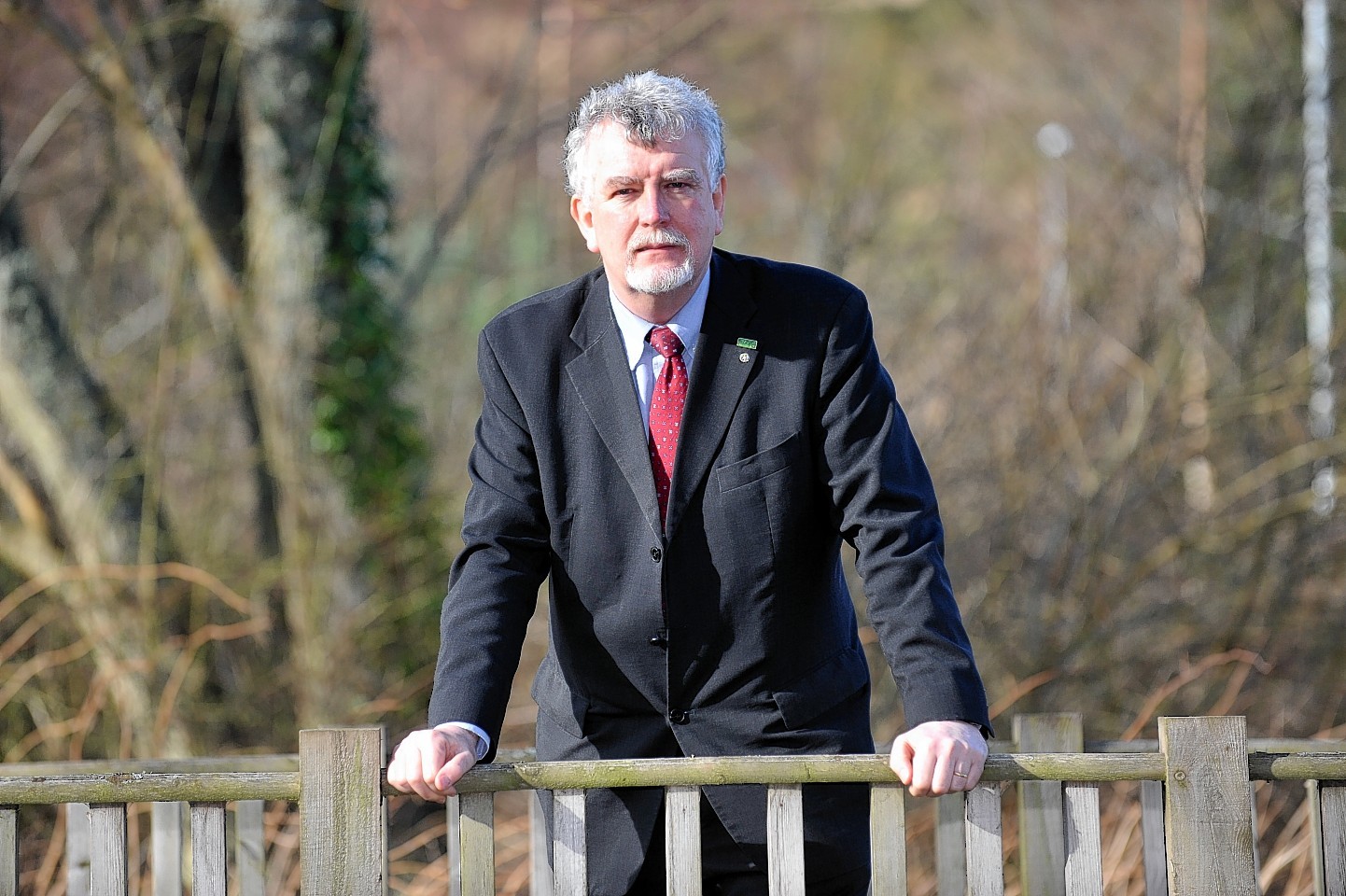Scottish Natural Heritage yesterday launched a public consultation on its proposed second Gaelic language plan.
The plan sets out how the organisation will build on achievements in order to strengthen its commitments to Gaelic promotion and development.
The consultation will run for six weeks and SNH is keen to attract as many respondents as possible to have their say on the language plan.
Key stakeholders will also be asked to submit their views.
The plan has been prepared within the framework of the Gaelic Language (Scotland) Act 2005 and highlights how SNH will use, and encourage the use of, Gaelic.
Ian Ross, the SNH chairman, said: “The Gaelic language is an integral part of our culture, as we can so readily see in place names and the link between people and nature.
“We can see this clearly in names like ‘Leachkin’ where we are based in Inverness, which means, ‘broad hillside.’ However, the use of Gaelic is not restricted to the north.
“In North Lanarkshire, Cumbernauld, or Comar nan Allt, means ‘the meeting of the streams’ and in Glasgow Shettleston, or Baile Nighean Sheadna, is ‘the town of the daughter of Seadna’ in Gaelic. So there is a rich tradition and heritage to look up to, and we are keen to play our part in revitalizing and strengthening the language.
“We are committed to enhancing the status of Gaelic and creating opportunities for its use, and I would commend this second iteration of our plan.”
Proposals in the plan include increasing Gaelic on signage and in publications; a renewed pledge to boost visibility of the language within heritage interpretation materials, and a commitment to research projects bolstering nature terminology in Gaelic.
People have until 5pm on September 14 to submit their views on the plan, copies of which are available online at http://www.snh.gov.uk/about-snh/info-services/gaelic/gaelic-language-consultation/
